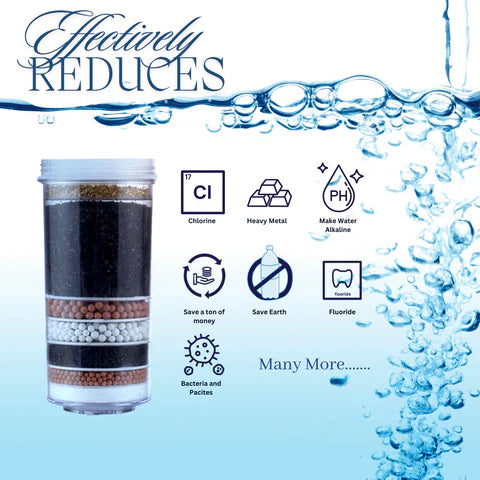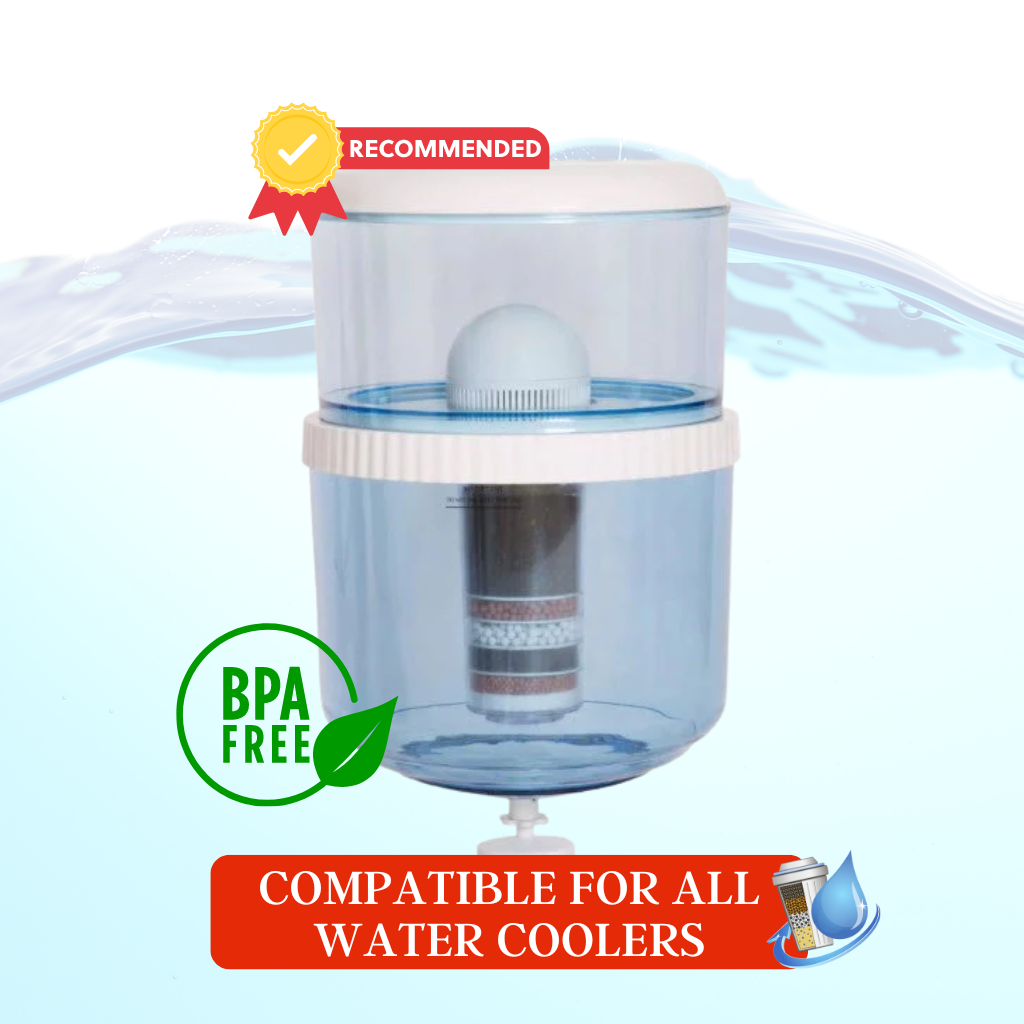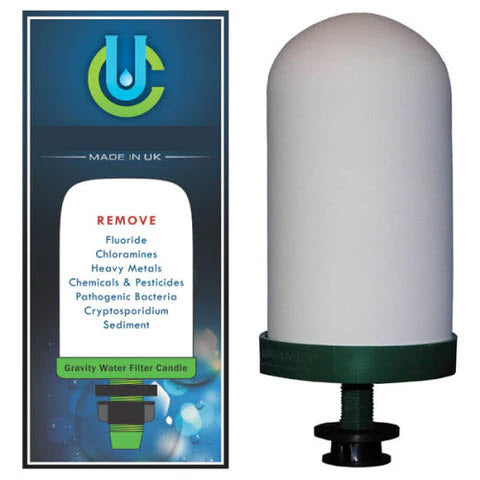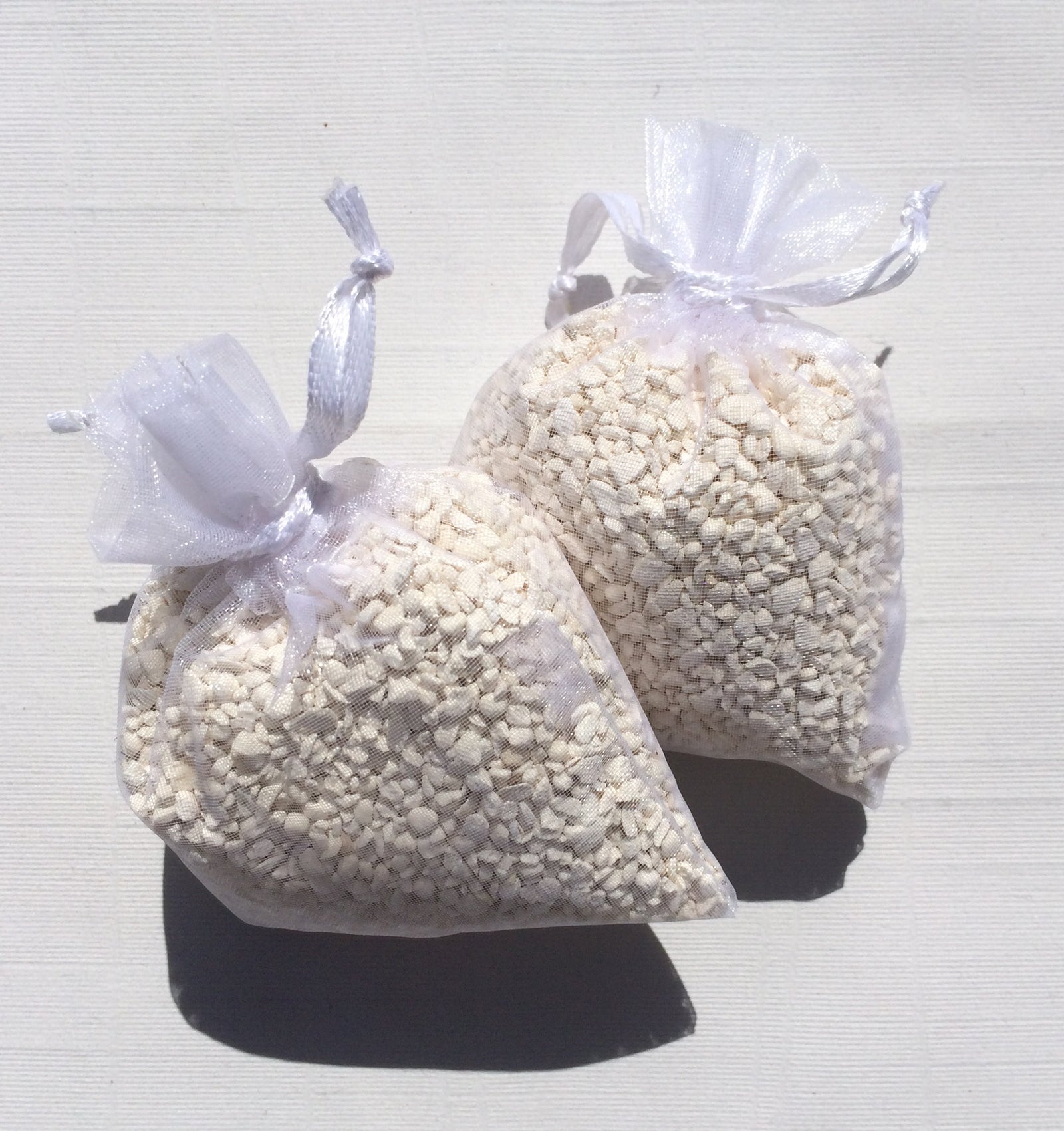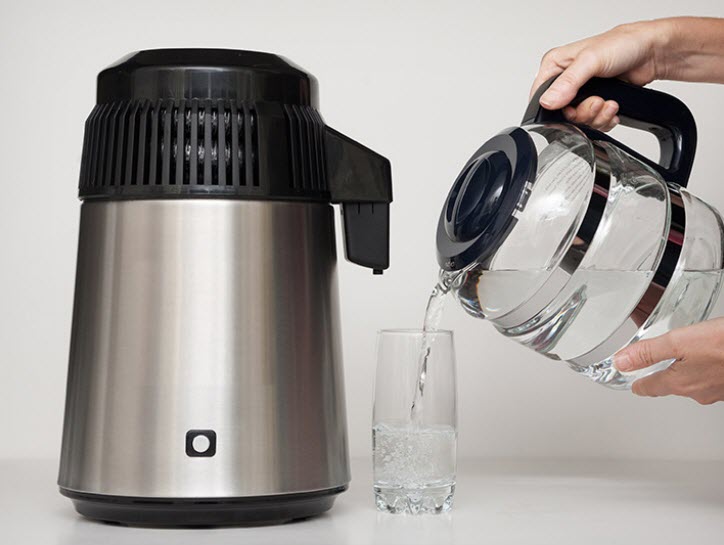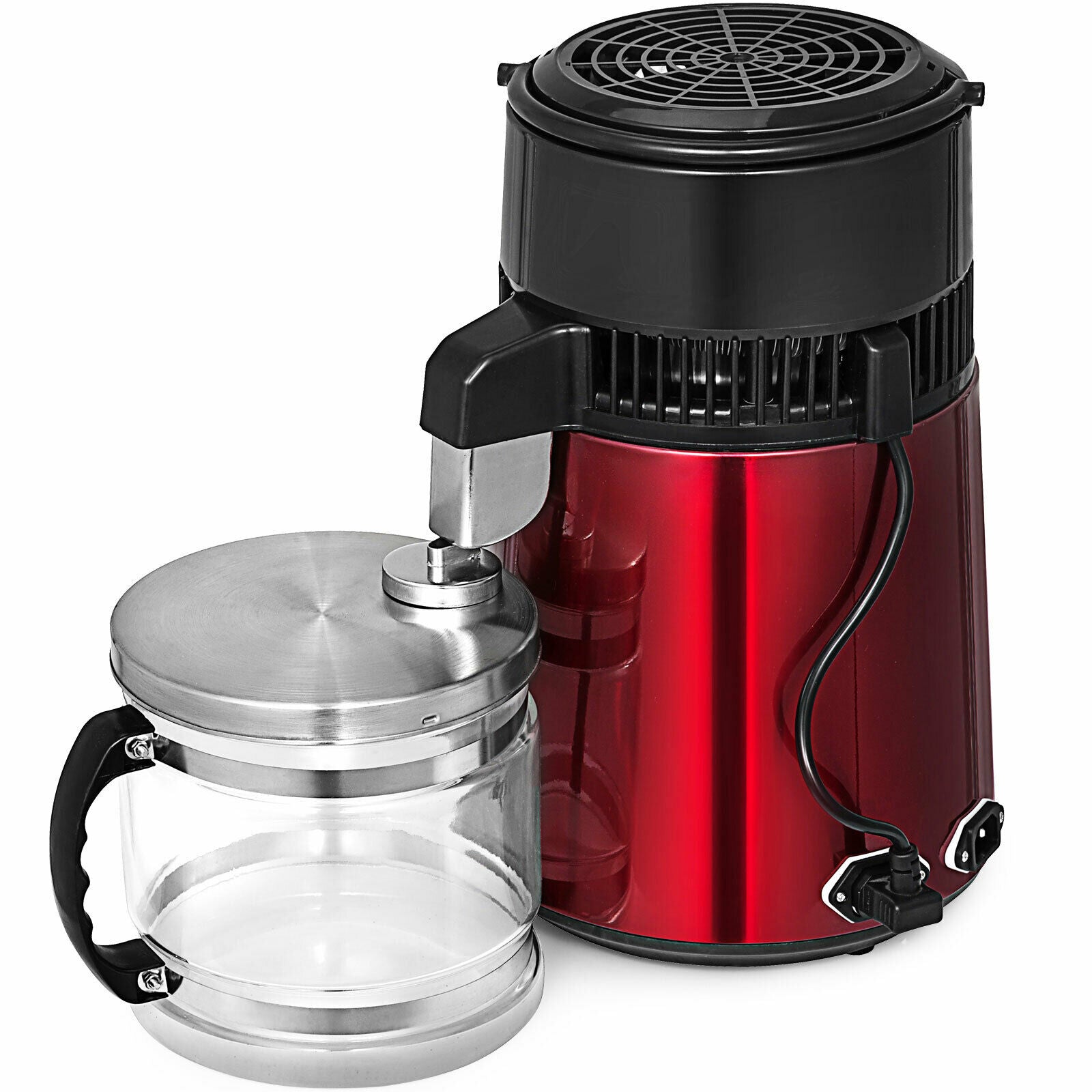Delivered quickly and they were easy to replace.
Great Awesome Deals! Fast Shipping Across Australia!
Menu
-
- Personalised Water Filter Order & Invoice Assistance
-
Water Coolers
-
Water Filters & Purifiers
- Water Cooler Spare Parts
-
Water Filter System
- Water Filter Cartridges
- Water Filter Jug
- Water Bottle
- Benchtop Water Filter
- Water Distiller
- Replacement Water Filter Cartridges Guide
-
Locations
- Awesome Water Filters in Adelaide
- Awesome Water Filters in Darwin
- Awesome Water Filters in Hobart
- Awesome Water Filters in Brisbane
- Awesome Water Filters in Gold Coast
- Awesome Water Filters in Wollongong
- Awesome Water Filters in Sydney
- Awesome Water Filters in Melbourne
- Awesome Water Filters in Perth
- Awesome Water Filters in Canberra
-
- Home
- FAQ
- Contact Us
- Shipping | Return | Refund | Warranty
- Install it with Airtasker
- Awesome News
- 1-800-789-781
- Login

Great Awesome Deals! Fast Shipping Across Australia!
What Is The pH Of Distilled Water and Tap Water?
September 19, 2021 5 min read
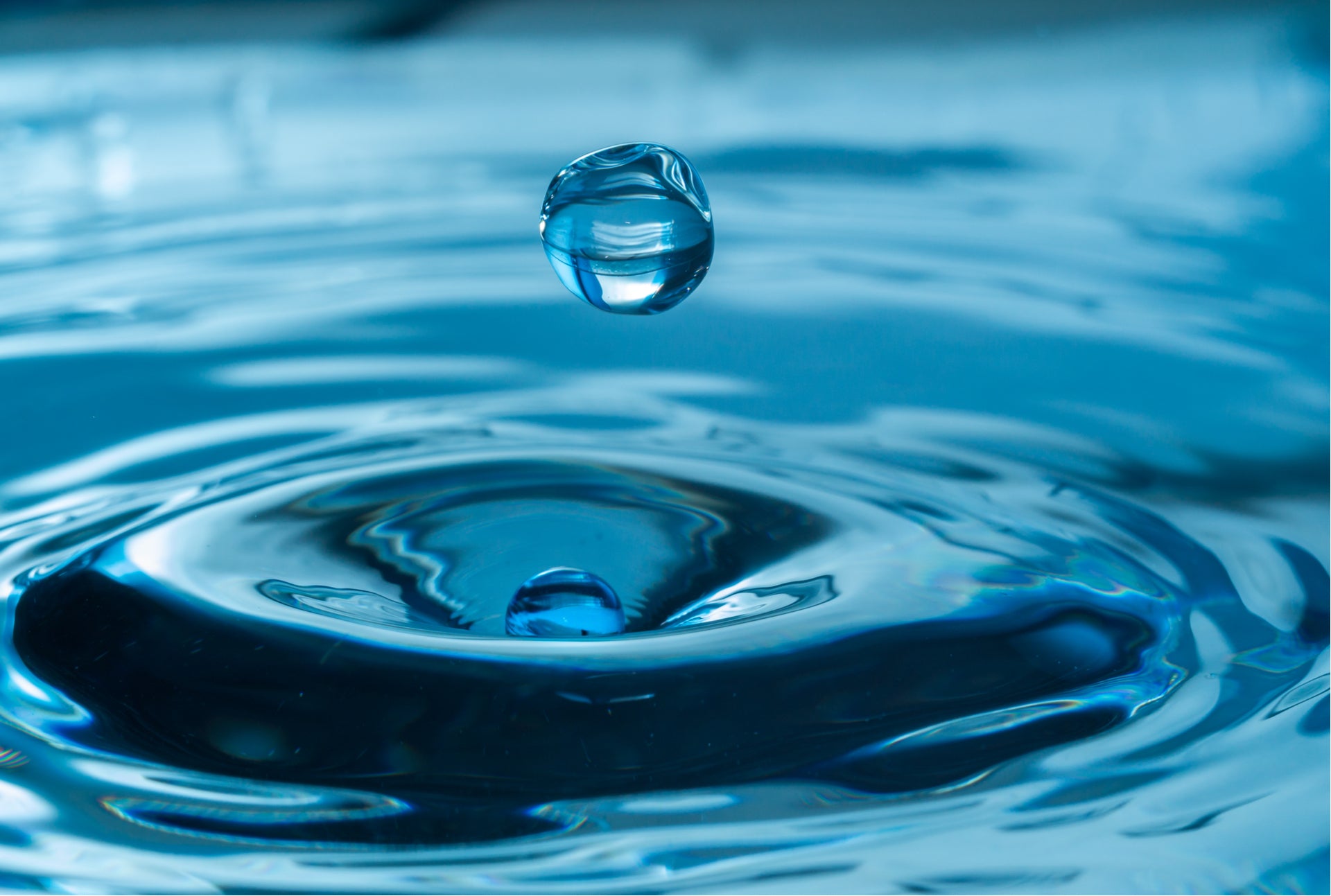
Water has a pH of 7 in its purest state, which is exactly in the middle of the pH scale. Particles in the water can change water pH, and most drinking water has a pH of 6.5 to 8.5. What is the pH of distilled water and tap water?
There are a few key points to remember about the pH scale and how it applies to water. It’s possible, for example, that consuming alkaline liquids has certain health benefits. Get to know the pH balance of distilled and tap water.
What is pH?
The numbers range from 0 to 14 and are in ascending order. pH is a scale used in chemistry to determine whether an aqueous solution is acidic or basic. As previously stated, the lower the scale, the more acidic it is. Meanwhile, the higher the ranking, the more basic or alkaline it is, with the neutral scale being the seventh.
Processed foods like yogurt, salmon, and cheese are examples of acidic foods. Meanwhile, alkaline vegetables such as beets, bell peppers, and kale are fundamental foods.
It’s important to keep in mind that not all liquids have a pH value. Gasoline, vegetable oil, and pure alcohol, for example, have no pH value.
When baking powder reacts with the food, it causes the baked goods to rise. PH is present in research and technology as well as in everyday life. Cocktails, food preservation, and cleansers are all made using it. Finally, pH is significant in chemistry, agriculture, medicine, oceanography, engineering, biology, and water purification, among other fields.
What Part Does It Play in Your Water?
Again, pH is a numerical measurement used to detect whether or not the water is acidic. The pH level of tap water should be between 6.5 and 9.5, according to water quality rules. The pH of the water leaving the treatment plant should be between 7 and 9. However, when it moves through the network of water mains and reservoirs, this can change.
The pH of Distilled Water
The pH of purified water obtained through distillation, deionization, or reverse osmosis purification processes is usually acidic.
But why is distilled water’s pH not a neutral pH of 7?
Both distillation and deionization technologies purify water by removing contaminants. The procedures work in different ways and have varied strengths and limitations, but they all remove many of the ions in tap water, including carbonates, nitrates, and other contaminants.
There should be nothing left but H2O – pure water – which, in principle, has a pH of 7.0.
In reality, CO2 (carbon dioxide) dissolves into water as soon as it touches air. As demonstrated in the equation below, this dissociates to generate a weak acid termed carbonic acid (in the same way as acid rain is formed).
HCO3– + H+ = CO2 + H2O
It means that most distilled or deionized water has an acidic pH of less than 7.0, and in certain cases, less than 5.5.
The pH of Tap Water
Tap water, which typically comes from groundwater systems, has a pH of 6-8.5, which the Environmental Protection Agency (EPA) considers drinkable. It can, however, result in a variety of issues. Chlorine, for example, is not good for human ingestion, although the human body can withstand it technically. However, it would become carcinogenic (causes cancer) and cause other health problems. Because of the lead in the pipes, another concern in tap water in your home is lead poisoning.
What Happens if pH Level Isn’t Balanced?
Too much of anything is bad, as the adage goes. Too much acidity or alkalinity in your body can be harmful to your health. If your diet is excessively acidic, you may gain weight, have a weaker immune response, and be more prone to infections. However, an alkaline diet might cause your metabolism to slow down, especially when absorbing important nutrients. Fortunately, our bodies work hard to maintain a consistent pH level. What we eat and drink all contribute to our pH level.
Testing the pH Value
Copper and lead leaching from your pipes may be a concern if your water is acidic (pH less than seven). If the pH test shows that your water is extremely acidic, consider testing for copper and lead. If your water has a high pH, consider testing for alkalinity and hardness as well. It might associate with high pH water.
In any case, using a neutralizer is the principal way of dealing with low pH water issues. Soda ash is a typical neutralizer that stimulates a solution into the water. It protects it from interacting with the house pipes or contributing to electrolytic corrosion. It increases the salt content of the water by neutralizing it with soda ash.
What Are The Risks of Consuming Acidic Water?
Weather trends, human activities, and natural processes all influence the pH of freshwater around the world.
Chemical or heavy metal pollution can cause water to have a very low or high pH.
Water that isn’t in the “safe” pH range of 6.5 to 8.5, especially if it’s alkaline, isn’t always dangerous. On the other hand, very alkaline water might have a disagreeable odor or flavor, as well as damage pipes and water-carrying appliances.
Water with a pH of less than 6.5 is more likely to be polluted, making it dangerous to drink. Metal pipes can also be corroded (dissolved) by it.
Many municipal water suppliers test the pH of their water voluntarily to check for contaminants, which a change in pH can detect. Water businesses treat their water to make it safe to drink again when pollutants are present.
FINAL THOUGHTS
Àwesome Water Filters supports consuming healthy water. We hoped this article helped you learn about the pH of Distilled Water and Tap Water. It’s time to take action if the pH of your drinking water slips outside of the safe range. Notify your local drinking water company of the results of your test.
The pH of water used for drinking or in the home is critical. Too alkaline or acidic water can cause damage to pipes and equipment, as well as being unhealthy to drink.
Water’s pH normally ranges from 6.5 and 8.5, which is perfectly normal. Drinking water that is too far outside of this range may be unsafe.
Drinking alkaline water with a pH level higher than 8.5 may be beneficial to certain persons. Those with digestive issues, such as IBS, are among these people. However, before scientists can make general pronouncements about alkaline water’s potential benefits, larger and higher-quality research will need to back up these assertions.
Subscribe
Sign up to get the latest on sales, new releases and more …

